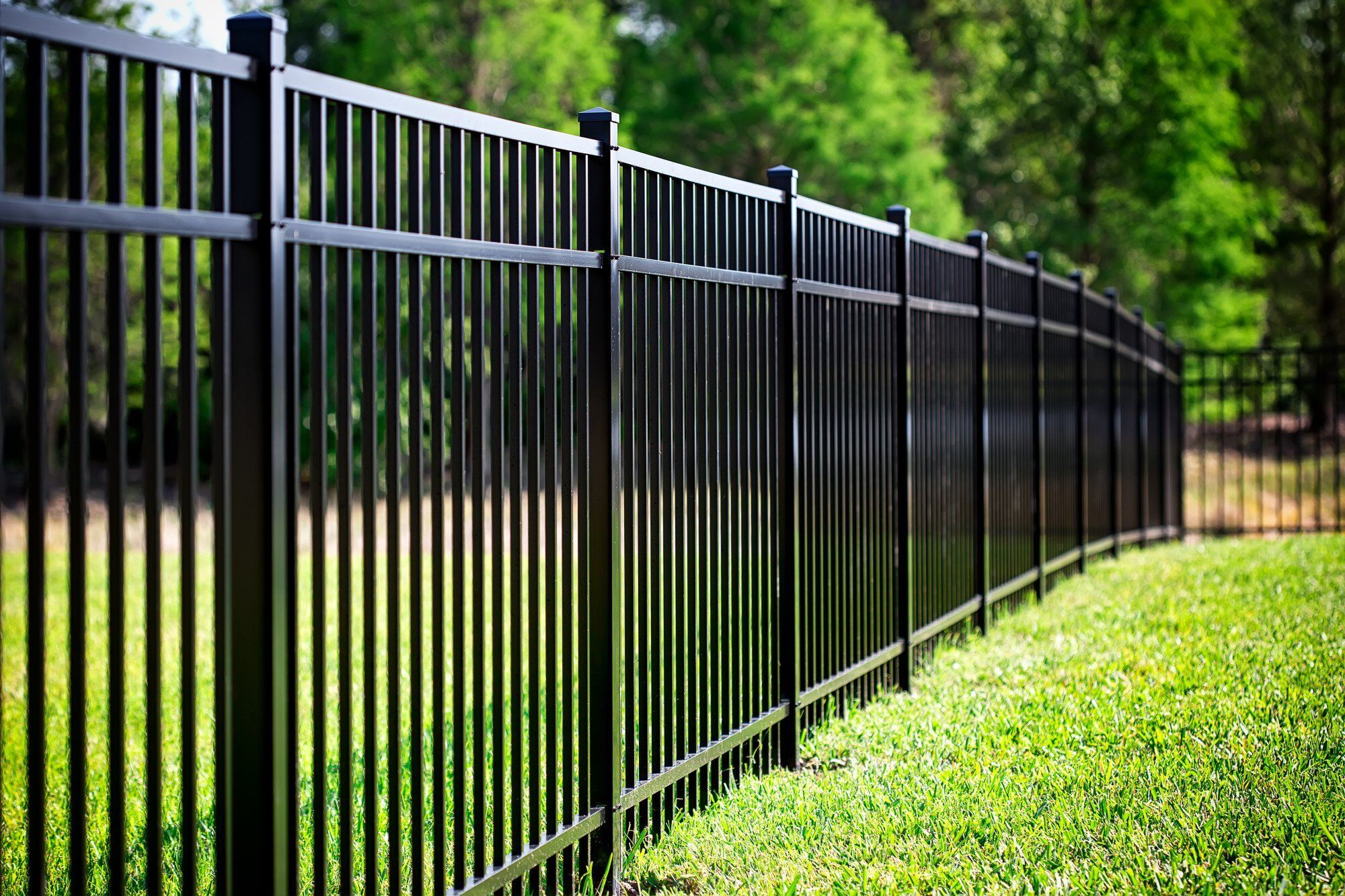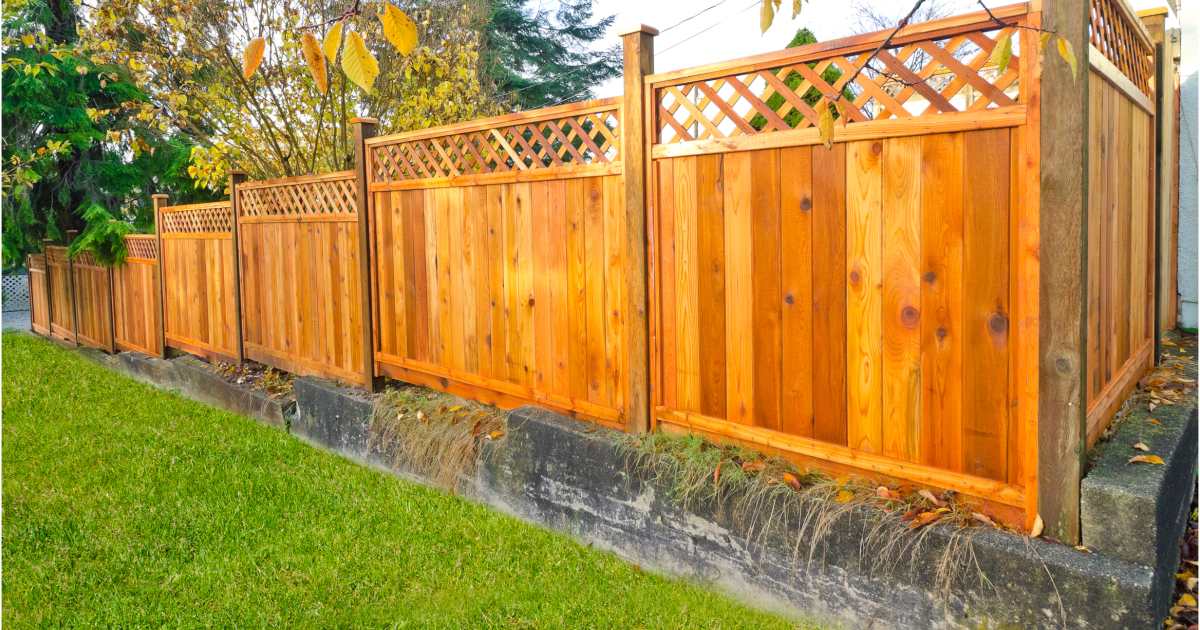All Categories
Featured

When intending a brand-new fencing for your home, it's simple to concentrate on the standard prices-- materials, installment, and labor. Here's an overview to some of the most common hidden expenses to think about when budgeting for your fencing job.
- Allow Fees and Legal Requirements. Prior to you start digging, it's essential to examine if your area requires a license to set up a fencing. Many communities have zoning regulations that regulate fence material, positioning, and elevation, particularly if you're building near a residential property line or in a community with a Homeowners' Organization (HOA) These laws make sure the fencing satisfies local standards, yet they also come with connected costs.
Price range: $50 to $500, depending on your location and the complexity of your project. 2. Fencing Elimination and Disposal. , if you're changing an existing fence, removal and disposal of the old structure is an extra expenditure that can quickly be overlooked.. Fence elimination usually involves taking apart the old fence, transporting away the materials, and disposing of them effectively. Disposal fees can vary, especially if the old products need special delivery, such as treated wood or steel.

Cost variety: $2 to $10 per linear foot for removal and disposal, depending upon the products. 3. Land Preparation and Excavation. A completely level setup site is not always ensured. If the land where your fencing is being set up is uneven, rough, or covered in plants, it might need to be gotten rid of or leveled initially. Grading or excavation costs can include in your overall project expenses, specifically if you're mounting messages in hard-to-dig soil. Slopes or compressed soil might require specialized equipment and more labor.
Expense variety: $300 to $2,000, depending on the website's condition. 4. Utility Line Identification and Adjustments. Before digging, it's vital to ensure that no below ground energies, like water, gas, or electric lines, will be interrupted throughout the installation. A lot of contractors will certainly contact energy firms to mark these lines, yet there can be extra expenses if adjustments are needed to avoid destructive existing facilities.
Cost range: $100 to $500, relying on whether adjustments are necessary. 5. Custom Features and Upgrades. While your basic fence might include conventional materials, you may intend to add personalized functions like entrances, ornamental panels, or integrated illumination. Automatic entrances or safety and security systems are specifically costly and need professional installment. Adding these bonus increases the complete cost of your fence, so make certain to factor them into your spending plan.

Expense array: $100 to $1,500+ for functions or gates, depending on size and intricacy. 6. Distribution and Transportation Costs. Relying on where your materials are sourced, you may be charged a separate delivery fee for moving the fencing materials to your residential property. This is specifically usual with heavy or huge orders, such as timber panels or steel secure fencing. Delivery costs can also differ based on the distance in between the distributor and your area.
Cost range: $50 to $300 for shipment, relying on distance and the amount of materials. 7. Maintenance Prices In Time. Numerous sorts of fences, particularly wood fences, call for recurring maintenance to remain in good condition. Normal tasks like staining, sealing, and cleansing will aid prolong the life of your fence. Some materials, such as plastic or steel, may be a lot more low-maintenance yet can still incur expenses for repair services or replacements if damaged.
Annual expense array: $50 to $300 for upkeep, depending upon product and climate. 8. Weather Delays. Mom Nature does not always accept your timeline. If your installation is delayed by bad weather, such as rain or extreme warmth, you may face additional labor expenses if workers need to return to finish the project at a later time. Hold-ups can likewise prolong the job timeline, pushing back when the fence awaits use.
Cost variety: Variable, depending on just how long the delay lasts. 9. Building Line Disputes. Mounting a fence close to your building line can often bring about disputes with next-door neighbors. It might be needed to hire a professional property surveyor to validate the residential or commercial property line before installation if your border is unclear. This additional step ensures you will not accidentally intrude on your next-door neighbor's land, however it features included costs.
Expense variety: $400 to $1,000 for a building study, relying on your location. 10. Soil and Ground Problems. Certain dirt kinds can present obstacles during installation. If your property has rocky, compressed, or clay-based dirt, excavating openings for blog posts can be a lot more hard, calling for customized equipment or more time to finish. Harder ground problems may also require making use of various other or concrete reinforcing materials for included security.
Expense array: $100 to $500 for devices or added labor. Verdict. Authorizations, website preparation, old fencing elimination, utility changes, and custom-made features can all include up. By accounting for these hidden prices, you can make sure that your fencing job remains within budget plan and is finished without unforeseen economic surprises.
Latest Posts
Say Goodbye to Old Bathrooms with Bath Fitter
Published Jan 20, 25
0 min read
Full Circle Marketing: Innovative Services for Your Business Goals
Published Jan 20, 25
1 min read
When Budgeting for a Fence?, What Hidden Prices Should I Think About.
Published Jan 20, 25
0 min read